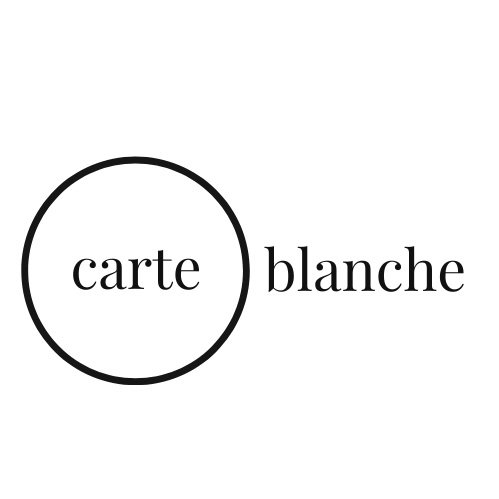From the archives: Q & A with Myrna Kostash
For the rest of the summer, we will be highlighting pieces from the carte blanche archives.First up is our Q&A with Myrna Kostash from Issue 10 which we thought was particularly relevant to the ongoing discussion about creative nonfiction following CBC's Canada Writes competition.
cb: How do you define creative nonfiction?Kostash: Creative nonfiction is the term of choice these days. It certainly didn't start that way, and there are still several other ways of referring to "that way of writing" which readers might also be familiar with: literary nonfiction, literary journalism, narrative prose... you get the idea. We're trying to find a way to nail this baby, the "baby" being, in the short form of the definition, the application of literary techniques to documentary material.What that can mean is everything from what I started out writing, which is the new journalism (reportage or journalism with an attitude, is how I define that), all the way to creative nonfiction, where the creative as opposed to the nonfiction is emphasized. In [creative nonfiction] you can get into some very blurred genre mash-up, which is very exciting.In between these two poles, if you like, is every manner of dealing with nonfiction material. We generally understand it to mean that the writer has voice interposed in the material one way or another, it doesn't have to be autobiographical, and that a great deal of shaping goes into material that you wouldn't expect in straight journalism: narrative, dialogue, scenes, scene-by-scene constructions—stuff that's familiar from other genres.There's also an emphasis on language, so that you get, for example, lyric essay. It's a capacious genre. It's not just narrative it can be essayistic and reflective. I personally have decided not to use the term creative nonfiction for the whole thing, but literary nonfiction for whole thing, and reserve creative nonfiction for the really genre-bending stuff, but that's just me.Click here to read the whole interview.
